
About Ethernet Cables and Data Shielding
 The Ethernet network cable connects devices on a LAN (local area network) such as personal computers, switches and routers. These cables are typically Cat5 and Cat6. These cables provide the infrastructure that connects the PCs, printers, router/modem and other peripherals to a switch. The cables are made up of stranded or solid copper wires. Stranded wires are not as susceptible to fractures but are more difficult to terminate. Solid Cat5/Cat6 also is less susceptible to electrical interference. These shielded cables are made up of braided strands of copper wrapped in a polymer layer and spiral copper tape. The shield is applied across the splices.
The Ethernet network cable connects devices on a LAN (local area network) such as personal computers, switches and routers. These cables are typically Cat5 and Cat6. These cables provide the infrastructure that connects the PCs, printers, router/modem and other peripherals to a switch. The cables are made up of stranded or solid copper wires. Stranded wires are not as susceptible to fractures but are more difficult to terminate. Solid Cat5/Cat6 also is less susceptible to electrical interference. These shielded cables are made up of braided strands of copper wrapped in a polymer layer and spiral copper tape. The shield is applied across the splices.
An Ethernet cable can be compared to an electrical power cord in that it can only extend a limited distances because of the electrical transmission properties. Meanwhile, wireless technologies (Bluetooth and Wi-Fi or local wireless technology) have enhanced the reach of Ethernet in residential and enterprise networks. The standard Ethernet cable consists of four coiled pairs that terminate at the eight pins of the clipped connector or "RJ45" at both ends of a cable. At the wallplate is simply the female end of the same connector. The cable is made up of unshielded (UTP) or shielded twisted-pair (STP) cabling.
Shielding is not selected automatically during installations. The answer is, it affords the protection required for certain environments although there are also some downsides. One is mass. The single-shielded cable made of Ethernet weighs approximately 12 percent more than the unshielded cable. The double-shielded version is roughly 30 percent heavier. You may be putting together dozens or perhaps hundreds of individual shielded twisted-pair cables along a ladders tray above the ceiling, under a floor, or at the back of panels. The aggregate weight of these cables can collapse the mounting bracket.
Cable flexibility is also an important issue. Take care when you pull the cables through conduits. The cable shielding can make installation more difficult. The sole foil shield can crack while the sharp boundaries of the shield can scrape the insulation of individual wires. This can cut the wire and cause data transmission issues.
What are the shielding options?
You have a number of shielding choices in for your Ethernet network. The single-shielded cable has the lightest protection. Double-shielded cables contain a foil and plate shield. It can ensure better protection against electromagnetic or radio frequency interference and reduce issues related to cable relocation. High-flex industrial cables are fabricated and protected for uninterrupted applications. These have special jacket materials to address industrial and outdoor concerns.





 The conventional process of
The conventional process of 
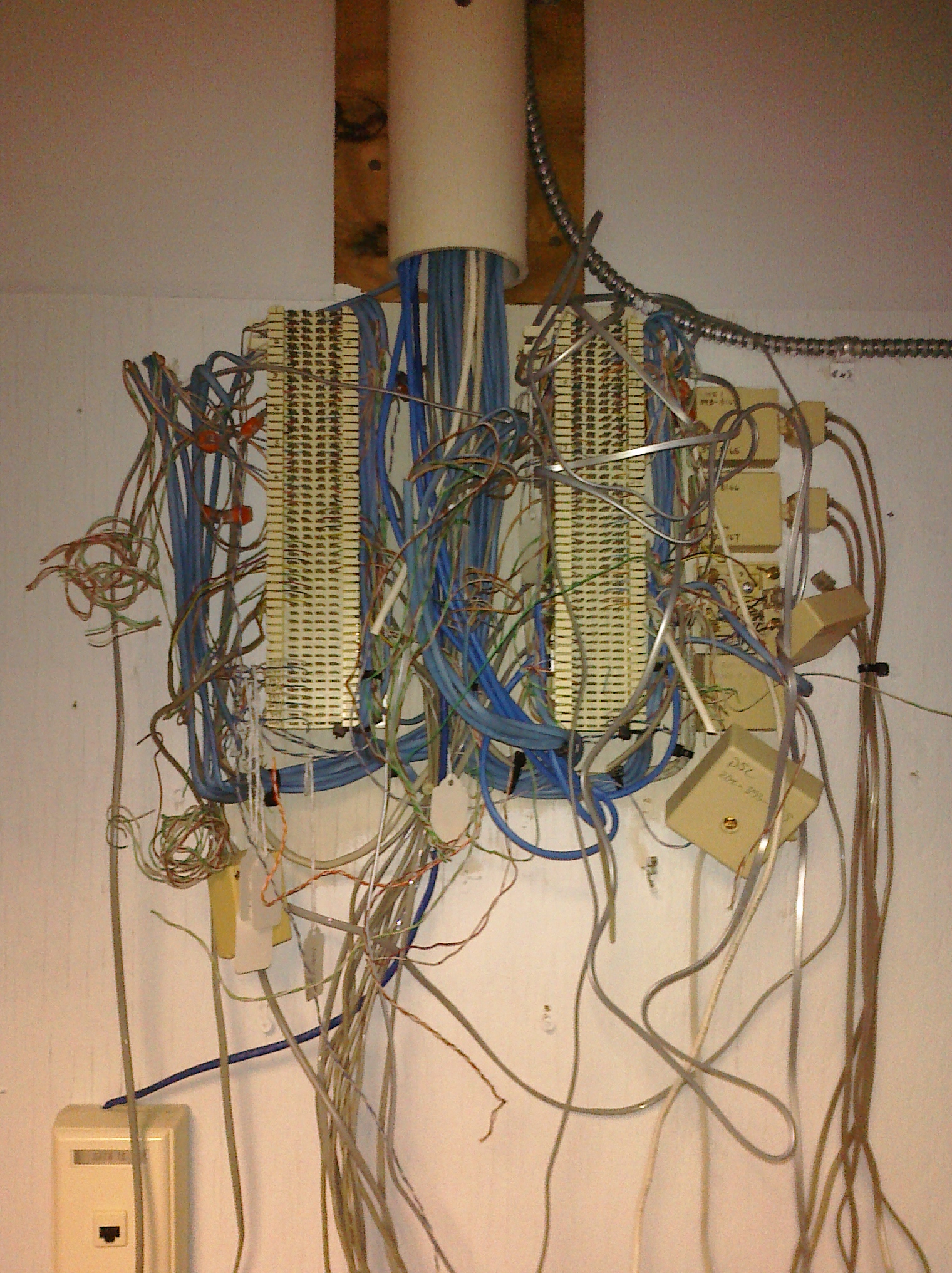
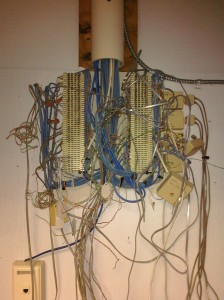 This is what the wall closet looked like at the new office at GovDelivery when we first got on-site. Our job was to add more cabling and to clean up the mess left behind by the previous tenant.
This is what the wall closet looked like at the new office at GovDelivery when we first got on-site. Our job was to add more cabling and to clean up the mess left behind by the previous tenant.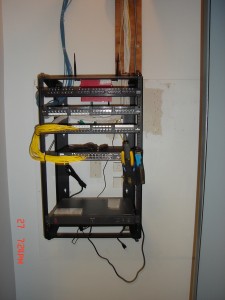
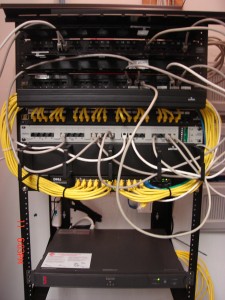 After photos of the new Cat5 network wiring system. We removed all of the phone blocks because the new phone system is VOIP and therefore runs on the Cat5 network cabling. Jonathan Banks took our Post Installation Survey and stated that he was "most satisfied "with our price.
After photos of the new Cat5 network wiring system. We removed all of the phone blocks because the new phone system is VOIP and therefore runs on the Cat5 network cabling. Jonathan Banks took our Post Installation Survey and stated that he was "most satisfied "with our price.
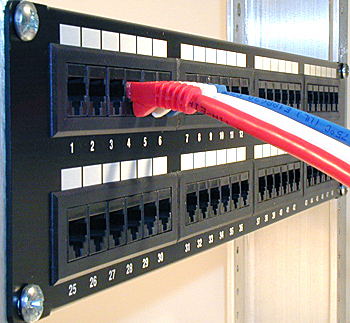
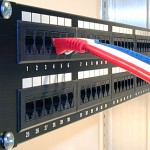 A
A